

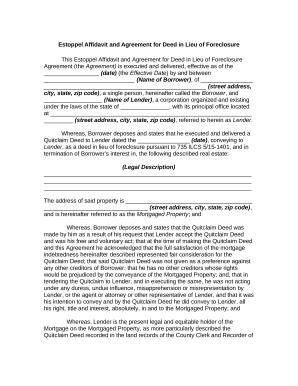
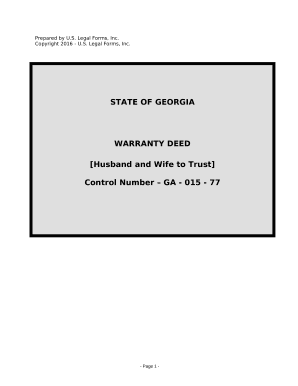
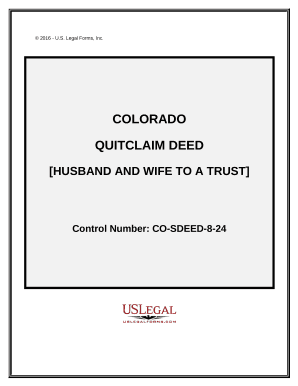
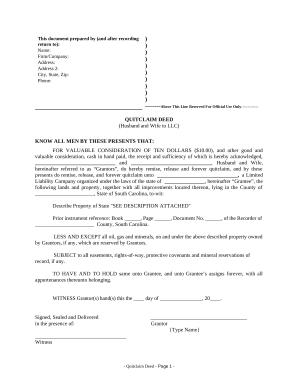
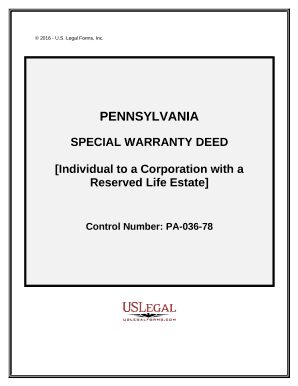
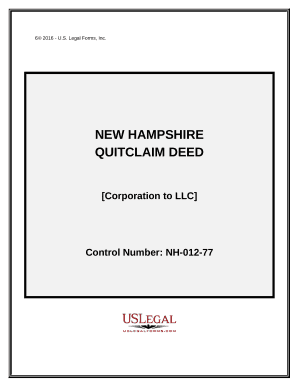
Boost your file managing with the Legal Forms for Deed Transfers library with ready-made templates that suit your requirements. Get your form template, edit it, fill it, and share it with your contributors without breaking a sweat. Begin working more efficiently together with your documents.
How to use our Legal Forms for Deed Transfers:
Discover all the possibilities for your online file administration with our Legal Forms for Deed Transfers. Get a free free DocHub account today!